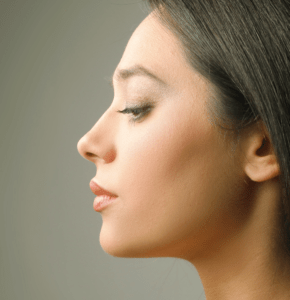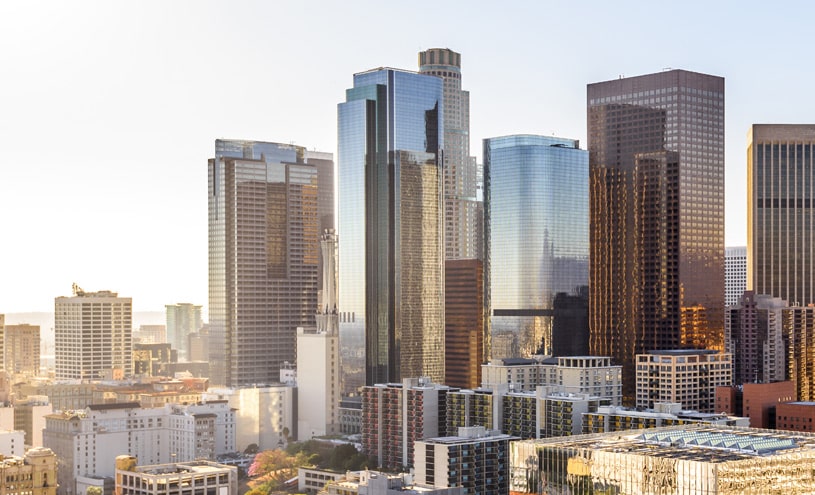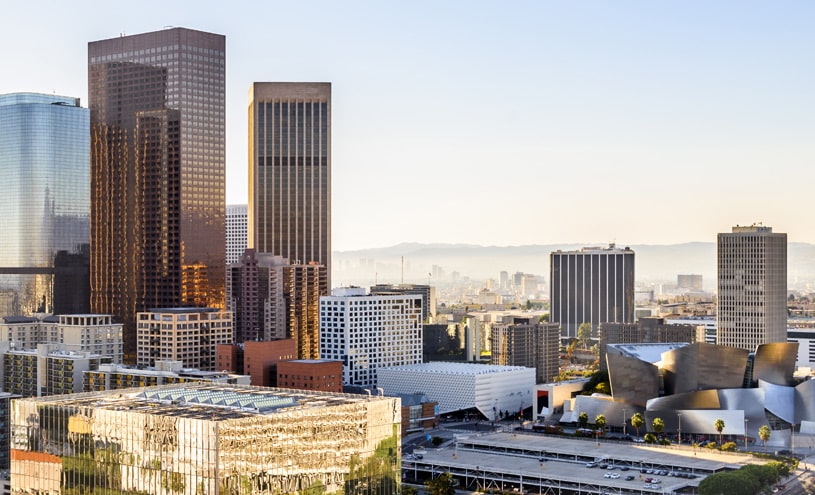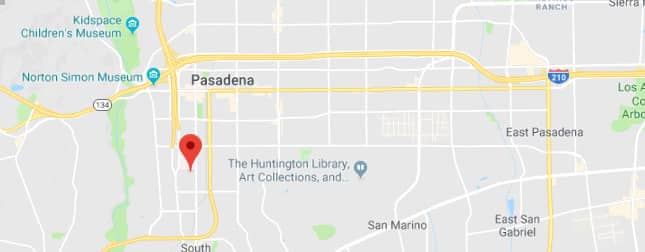 Polyps come in different sizes and colors. They can be brownish-yellow or pink. Initially, they look like teardrops, but after growing larger, they resemble grapes attached to a stem. Polyps can be present in either one or both the nostrils simultaneously. They can grow in isolation or clusters.
Polyps come in different sizes and colors. They can be brownish-yellow or pink. Initially, they look like teardrops, but after growing larger, they resemble grapes attached to a stem. Polyps can be present in either one or both the nostrils simultaneously. They can grow in isolation or clusters.
More significant polyps or polyp clusters can create breathing challenges and can impact the patient’s ability to smell. They can cause blockages in the sinuses and create problems such as recurring infections.
Based on the patient’s condition of nasal polyps, a cosmetic surgery expert will advise the appropriate treatment plan. Facial plastic and reconstructive surgeon Dr. Eric Yavrouian provides rhinoplasty to patients in Glendale, Pasadena, Burbank, Greater Los Angeles, Beverly Hills, CA, and surrounding communities and cities in this part of the state.
Who can get Nasal Polyps?
Between 4 to 40 percent of the population suffers from nasal polyps and they are two to four times more frequent in men than in women. Individuals who develop nasal polyps usually do so as youth or middle-aged adults.
People affected by recurring sinus infections, asthma, and allergies are more prone to developing polyps. Children suffering from cystic fibrosis are also likely to develop polyps.
Diagnosis
An experienced surgeon will be able to determine the diagnosis often just by asking the patient about their symptoms and assessing their nose condition. Polyps are typically noticed with the help of a lighted device.
Furthermore, the surgeon may prescribe these tests:
- CT Scan
- Nasal endoscopy
- Cystic fibrosis
- Skin prick allergy test
Treatment
The following treatments are often used to treat nasal polyps:
Steroid Nose Drops or Spray
The surgeon may ask the patient to use nose drops or a steroid spray. This will help reduce the inflammation in the polyps. This course of treatment is fairly standard for patients with a single or multiple small polyps. The side effects of this treatment include:
- Headache
- Nosebleeds
- Sore throat
Steroid Pills
If larger polyps or serious inflammation is present, then the patient may require steroid pills. These pills could be prescribed to be used independently or with a nasal spray. Steroids are highly effective in reducing the size of polyps. However, using steroids could cause complications such as putting on weight. The patient should only use them for some weeks and not more.
Other Medications
Sometimes the surgeon can prescribe other medications to address conditions that may be aggravating the swelling. For instance, they may prescribe antihistamines for treating allergies, antifungal medications to treat fungal allergies, and antibiotics for the treatment of bacterial conditions.
Surgery
The surgeon will prescribe a surgical procedure if the polyps are quite large or in case other treatments have not been effective.
Polypectomy
This is a standard procedure to eliminate polyps. The patient receives the procedure under general or local anesthesia. A narrow, long pipe with a camera attached to it is placed in the patient’s sinuses and nose.
Then the polyps are extracted with the help of micro-telescopes and surgical tools. At times, the surgeon may even cut out small fragments of bone in the nose to clear any nasal obstructions.
The surgeon may prescribe a corticosteroid nose spray to the patient to avoid any chances of recurrence. Facial plastic and reconstructive surgeon Dr. Eric Yavrouian receives patients from Glendale, Pasadena, Burbank, Greater Los Angeles, Beverly Hills, CA, and other communities and suburbs in this region of the nation for rhinoplasty.
For more information about treatments and procedures by Facial Plastic and Reconstructive Surgeon, Dr. Eric J. Yavrouian, serving patients in and around Glendale, Pasadena, Burbank and the Greater Los Angeles, CA area call 818-241-2150 or click here to contact him for a consultation.


 Nose fractures make up almost 40 percent of the injuries to the bone in facial trauma cases. The treatment starts with primary care.
Nose fractures make up almost 40 percent of the injuries to the bone in facial trauma cases. The treatment starts with primary care.  Rhinoplasty
Rhinoplasty 




